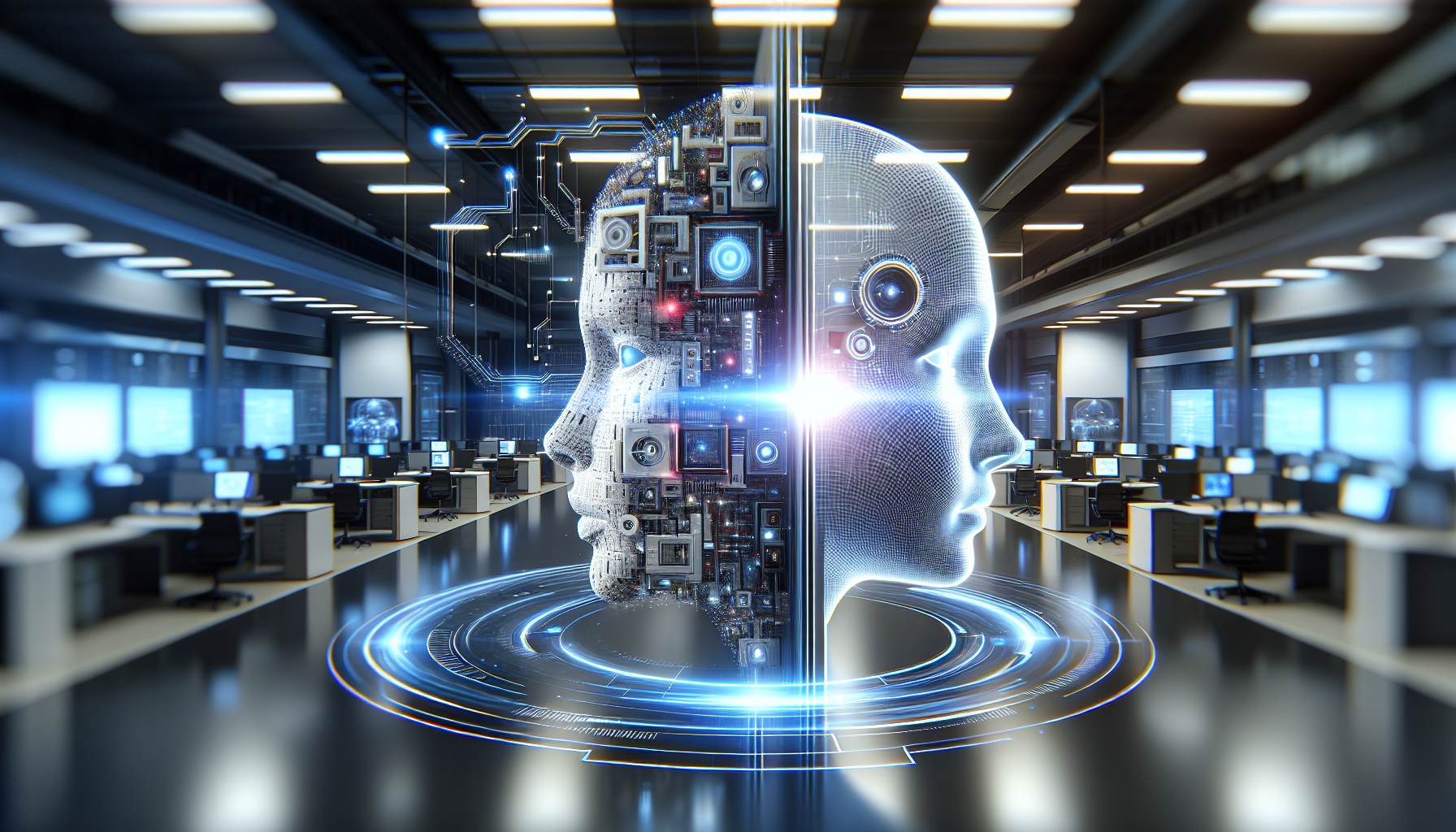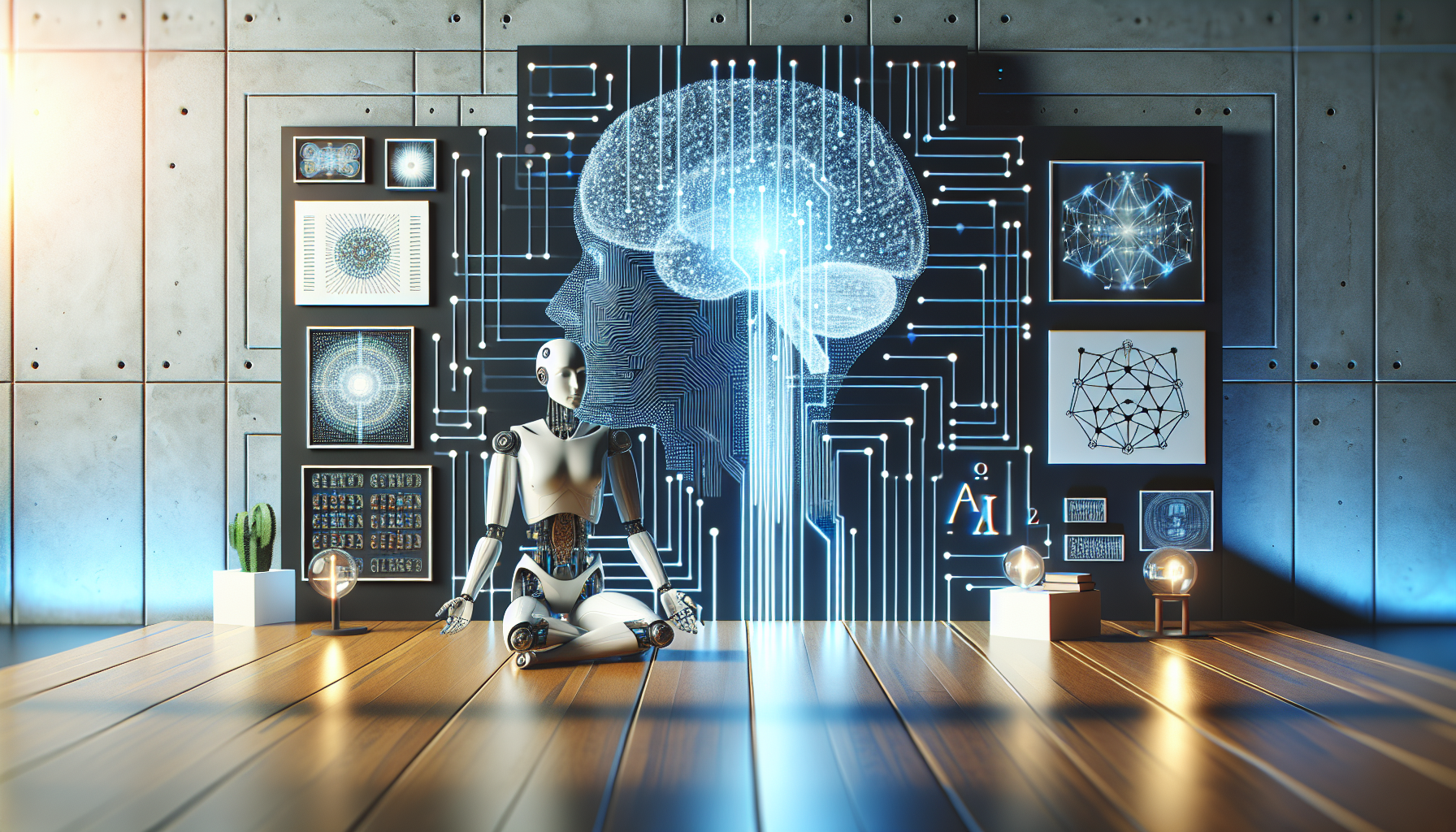
Natural Language Processing: The Journey of AI Understanding Human Language
April 19, 2025
Imagine a world where machines fluently converse in human languages, grasping nuances, idioms, and the subtle undertones that shape our daily communication. The journey of Natural Language Processing (NLP), a subset of Artificial Intelligence, is a remarkable narrative of how machines have learned to comprehend and interpret human language. This fascinating evolution is not merely a tale of technological triumph; it's a testament to human ingenuity and perseverance.
The story of NLP begins with a simple yet profound question: Can machines understand us? This quest has driven researchers and technologists to explore the complex structures of language, seeking to bridge the gap between binary code and human expression. The journey from the rudimentary algorithms of early computing to today's sophisticated language models has been nothing short of revolutionary.
In the early stages, NLP was akin to teaching a child to speak. Early efforts involved rule-based systems, where computers were programmed with a set of linguistic rules to follow. These systems, though groundbreaking at the time, were limited in their ability to adapt or handle the unpredictable nature of human language. They could parse sentences but failed to grasp context or infer meaning, much like a novice language learner struggling with idioms.
However, the narrative of NLP took a significant turn with the advent of statistical methods. These approaches marked a departure from rigid rule-based systems, embracing the complexity and variability of language. By leveraging vast amounts of text data, researchers began to teach machines to recognize patterns and predict language structures with a surprising degree of accuracy. This shift was instrumental in moving NLP from the theoretical realm to practical applications.
The introduction of machine learning algorithms heralded a new era for NLP, one where computers could begin to understand language contextually. Deep learning, a subset of machine learning, further accelerated this progress. By mimicking the neural networks of the human brain, deep learning models could process vast amounts of data, learning intricate details about language usage and context. This was a pivotal moment, enabling AI to not just translate words, but to understand sentiment, sarcasm, and even humor.
Today, NLP technologies have permeated numerous facets of daily life, from virtual assistants that schedule our appointments to customer service bots that resolve our queries. Yet, the journey is far from over. The potential of NLP extends beyond convenience. It holds the promise of breaking down global barriers, enabling seamless communication across cultures and languages. It can democratize access to information, providing insights to those previously marginalized by language barriers.
It's essential to acknowledge the lesser-known figures and unsung heroes in this journey. Researchers who toiled in obscurity, developing algorithms and datasets that laid the foundation for modern NLP, deserve recognition. Their work, often overshadowed by the more glamorous aspects of AI, is crucial to the advancements we see today.
Despite the remarkable progress, NLP faces its share of challenges. Language is inherently dynamic, evolving with cultural shifts and societal changes. AI must continuously adapt to these transformations, a task that demands constant innovation and refinement. Moreover, ethical considerations loom large, as the power of NLP can be misused to manipulate or misinform. The responsibility lies with developers and policymakers to ensure that these technologies are wielded responsibly and ethically.
As we reflect on the historical journey of NLP, we must contemplate its future trajectory. What new horizons will it explore, and how will it reshape our interactions with technology? The potential applications are boundless, from enhancing educational tools to revolutionizing healthcare communications. However, the path forward requires a careful balance between technological advancement and ethical stewardship.
The story of NLP is not just about machines understanding language; it's about humans understanding how to teach machines. It challenges us to consider the nature of language itself and our role in shaping a future where humans and machines coexist harmoniously. As we stand on the cusp of new discoveries, the question remains: How will we harness the power of NLP to create a world that is more connected, informed, and inclusive than ever before?


